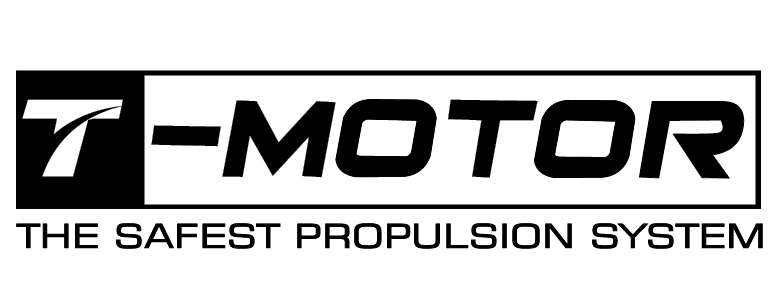- Home >
- Results >
- Motor Tests >
- Mid KV >
- HGLRC Forward FD2408 2500kv
A monster sized motor from HGLRC
Check out the full list of motors in this series here
Summary
Results
The performance of this motor follows in the trend of the previous HGLRC offerings, easily climbing to the top of the thrust charts. Even with a relatively low Kv (coming in right at 2480kv as tested) this thing delivers a massive gut punch of thrust. The stator size delivers but the thrust comes at a cost, easily reaching 50A on the heavier loaded 5" tri-blades. I stopped running props above 50A current and ended up in the same prop range as what would normally be considered a High KV limit, which speaks to the torque this motor is capable of producing. Response curves are extremely rapid. Performance wise this motor just outmatches the F80 Pro, pulling both faster curves and slightly higher thrust, though it comes at a slight efficiency hit. Excellent work here from HGLRC even though the weight and current requirements narrow the pool of potential use cases.










































